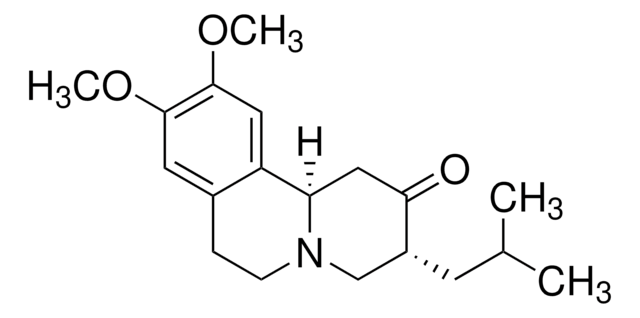T8694
TrkB/Fc Chimera human
>90% (SDS-PAGE), recombinant, expressed in NSO cells, lyophilized powder
About This Item
Prodotti consigliati
Origine biologica
human
Livello qualitativo
Ricombinante
expressed in NSO cells
Saggio
>90% (SDS-PAGE)
Forma fisica
lyophilized powder
Potenza
0.1-0.4 μg/mL ED50
PM
120-130 kDa by SDS-PAGE (reducing)
calculated mol wt 71 kDa
Confezionamento
pkg of 100 μg
Condizioni di stoccaggio
avoid repeated freeze/thaw cycles
tecniche
western blot: suitable
Impurezze
endotoxin, tested
N° accesso UniProt
Temperatura di conservazione
−20°C
Informazioni sul gene
human ... NTRK2(4915)
Applicazioni
Azioni biochim/fisiol
Altre note
Stato fisico
Ricostituzione
Risultati analitici
Codice della classe di stoccaggio
11 - Combustible Solids
Classe di pericolosità dell'acqua (WGK)
WGK 3
Punto d’infiammabilità (°F)
Not applicable
Punto d’infiammabilità (°C)
Not applicable
Certificati d'analisi (COA)
Cerca il Certificati d'analisi (COA) digitando il numero di lotto/batch corrispondente. I numeri di lotto o di batch sono stampati sull'etichetta dei prodotti dopo la parola ‘Lotto’ o ‘Batch’.
Possiedi già questo prodotto?
I documenti relativi ai prodotti acquistati recentemente sono disponibili nell’Archivio dei documenti.
Il team dei nostri ricercatori vanta grande esperienza in tutte le aree della ricerca quali Life Science, scienza dei materiali, sintesi chimica, cromatografia, discipline analitiche, ecc..
Contatta l'Assistenza Tecnica.





